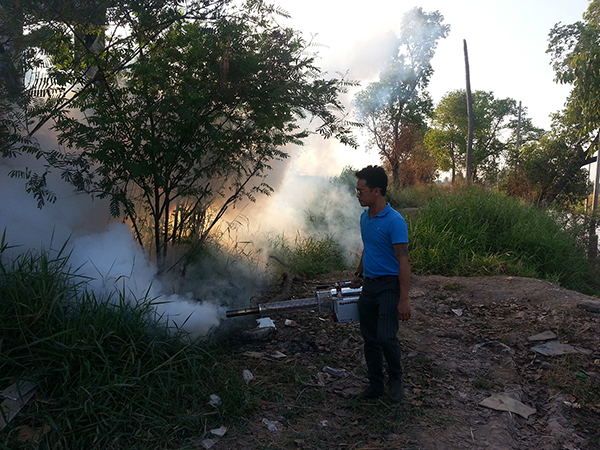2023-11-23 Author:sendfog
According to data released by the Bangladesh Health Service on the 19th, 1291 new confirmed cases of dengue fever were reported nationwide on that day. Since the beginning of this year, the cumulative number of confirmed cases has exceeded 300000, reaching 301255; On that day, 6 deaths from dengue fever were reported nationwide, with a total of 1549 deaths reported so far this year. This year, Bangladesh experienced the worst dengue fever outbreak on record in the country. The World Health Organization stated in previous reports that Bangladesh has experienced intermittent heavy rainfall this year, with high temperatures and humidity leading to an increase in mosquito breeding. The World Health Organization calls on people to curb mosquito borne diseases through the use of mosquito repellents and other methods, wear long sleeved clothing, and minimize human mosquito contact. In order to help Bangladesh fight the epidemic, emergency aid from China has arrived in the country this month and has been put into use.

Dengue fever is an acute insect borne infectious disease caused by mosquito borne transmission of the dengue virus. Dengue virus infection can lead to latent infections, dengue fever, and dengue hemorrhagic fever, which are rare in China. The typical clinical manifestations of dengue fever include sudden onset, high fever, headache, severe soreness in muscles, bones, and joints, rash, bleeding tendency, lymph node enlargement, decreased white blood cell count, and thrombocytopenia in some patients. This disease is mainly prevalent in tropical and subtropical regions, with Guangdong, Hong Kong, Macau, and other regions in China being affected by dengue fever. Due to the transmission of this disease by Aedes mosquitoes, the epidemic has a certain seasonality, usually from May to November each year, with a peak in July to September. In new epidemic areas, the population is generally susceptible, but the incidence is mainly in adults, while in endemic areas, the incidence is mainly in children.